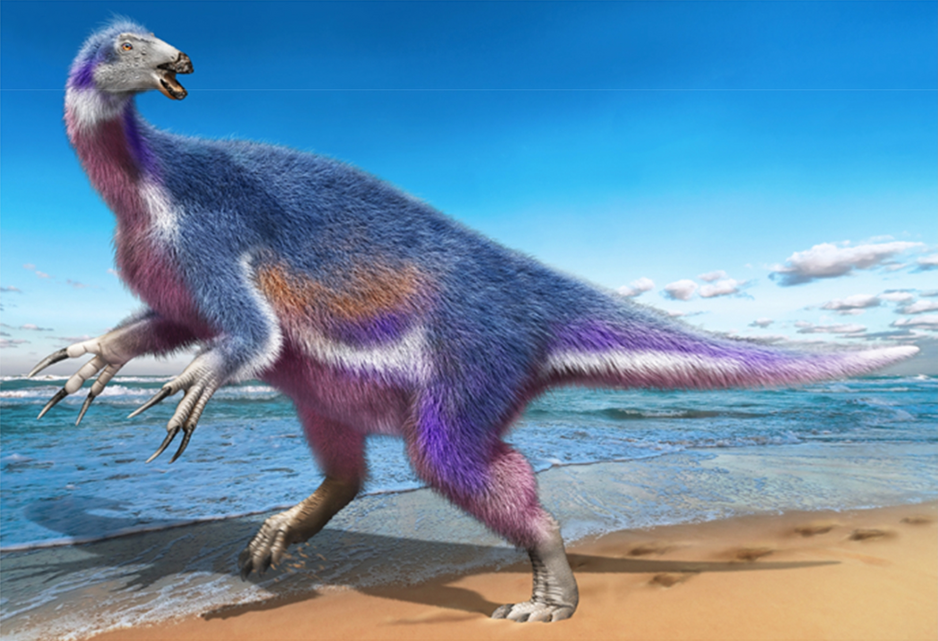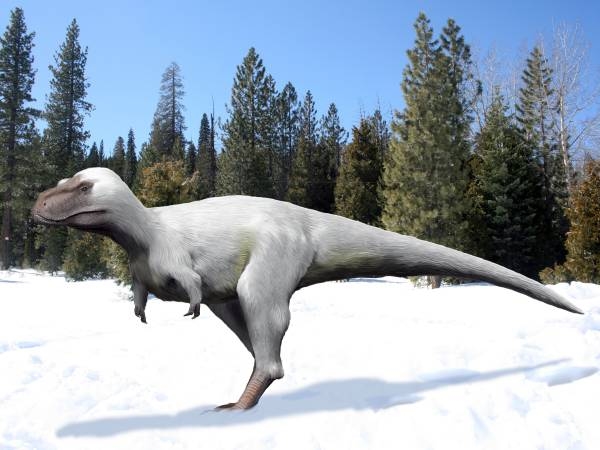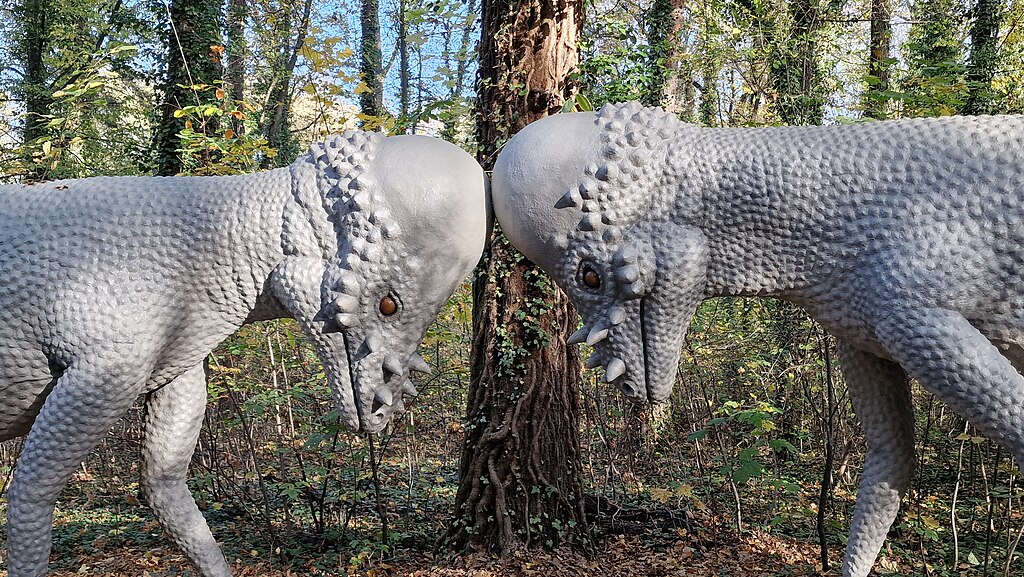In the vast tableau of prehistoric life, few creatures captivate paleontologists and dinosaur enthusiasts quite like Nothronychus. Discovered in the sun-baked lands of New Mexico, this peculiar dinosaur represents one of the most enigmatic theropods ever to walk the Earth. With its pot-bellied frame, elongated neck, massive claws, and covering of primitive feathers, Nothronychus defied conventional dinosaur classifications when first discovered. Dating back approximately 90 million years to the Late Cretaceous period, this bizarre herbivore has revolutionized our understanding of theropod diversity and evolution, particularly regarding the transition of some predatory dinosaur lineages to plant-eating lifestyles. The New Mexican discovery of Nothronychus remains one of paleontology’s most significant finds in recent decades, painting a picture of a dinosaur ecosystem far more complex than previously imagined.
The Groundbreaking Discovery in New Mexico
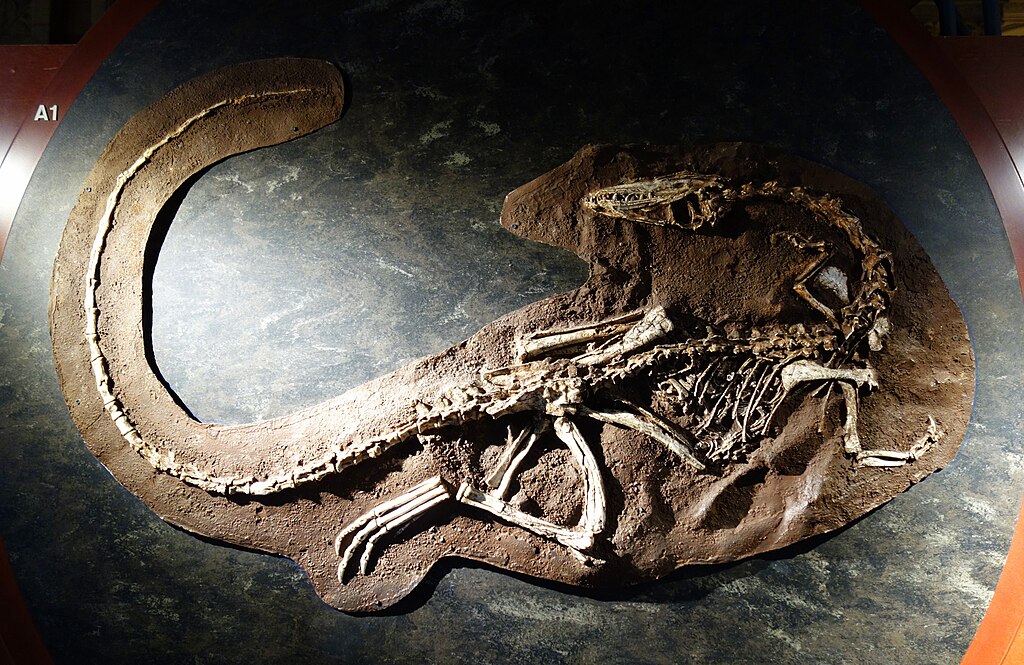
The story of Nothronychus begins in the Zuni Basin of west-central New Mexico, where paleontologist Jim Kirkland and his team made a remarkable discovery in 2001. While excavating a site initially believed to contain remains of a ceratopsian dinosaur, the researchers instead uncovered bones that didn’t match any known species from the region. The fossils were found embedded in marine sediments of the Moreno Hill Formation, suggesting this dinosaur had somehow ended up in an ancient seaway. This unusual preservation context immediately piqued scientists’ interest, as it indicated that the animal had been washed out to sea after death. The specimen was named Nothronychus mckinleyi, with “Nothronychus” meaning “slothful claw” in Greek – a nod to its superficial resemblance to giant ground sloths – and “mckinleyi” honoring the McKinley County where it was discovered.
Bizarre Anatomy That Puzzled Scientists
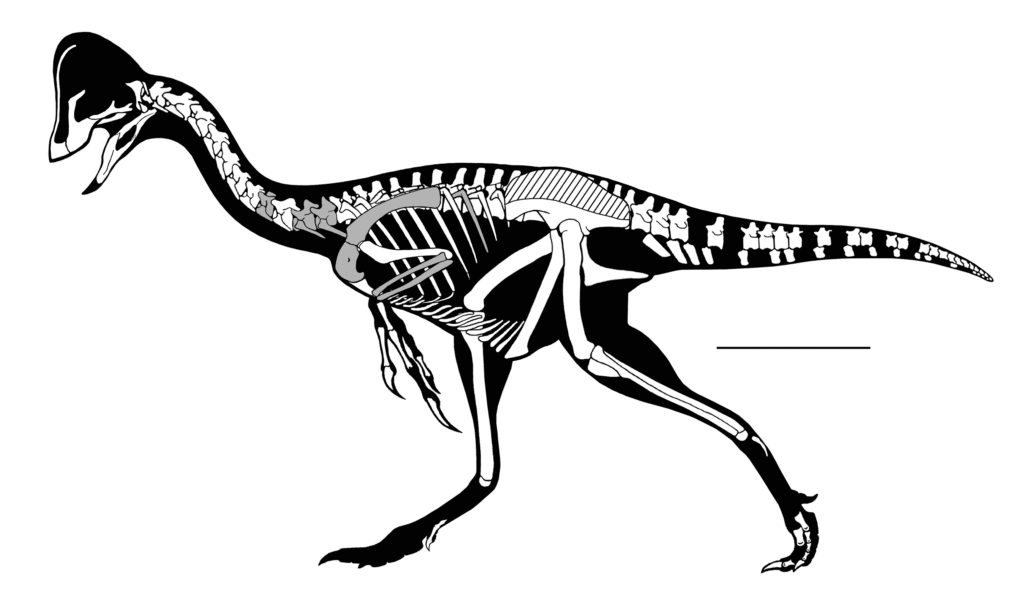
Nothronychus presented a suite of anatomical features that initially left paleontologists bewildered. Standing approximately 12-15 feet tall and measuring up to 17 feet in length, this dinosaur possessed a potbellied appearance with wide hips designed to digest plant material efficiently. Its long neck allowed it to reach vegetation at various heights, while its small head housed teeth adapted for slicing through fibrous plant material rather than tearing flesh. Most striking were its forelimbs, which terminated in three digits bearing enormous scythe-like claws measuring up to 12 inches in length. Unlike the killing claws of its predatory relatives, these massive talons likely functioned as tools for pulling down branches and digging for roots and tubers. The dinosaur’s feet featured four weight-bearing toes rather than the three typically seen in theropods, providing stability for its unusual body shape.
Evolutionary Significance: When Predators Turned Vegetarian
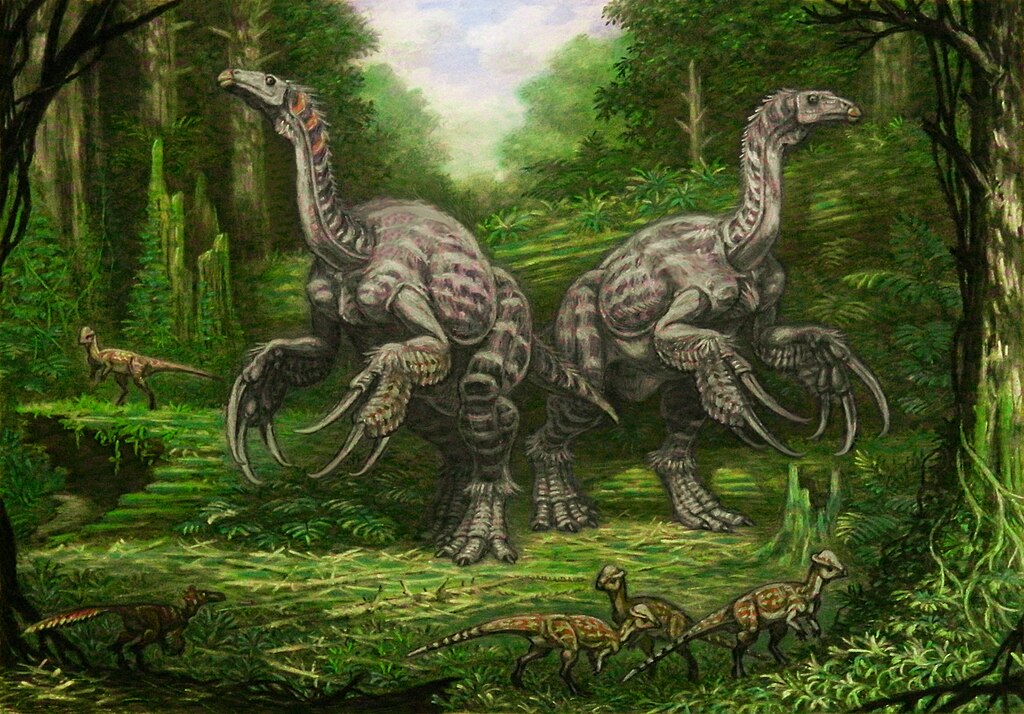
Nothronychus belongs to the therizinosaur family, a group of theropod dinosaurs that underwent one of the most dramatic evolutionary shifts in dinosaur history. While theropods are typically characterized as carnivorous predators—including famous examples like Tyrannosaurus rex and Velociraptor—therizinosaurs represent a remarkable deviation from this pattern. Genetic evidence and skeletal adaptations confirm that these dinosaurs evolved from meat-eating ancestors but transitioned to a herbivorous lifestyle. This evolutionary pivot required substantial anatomical changes, including modified digestive systems, altered tooth morphology, and different locomotion patterns. Nothronychus represents one of the most complete examples of this evolutionary transition found in North America, offering scientists an unprecedented opportunity to study how and why certain predatory dinosaur lineages abandoned meat-eating in favor of plant consumption.
Feathered Covering: Not Your Typical Dinosaur
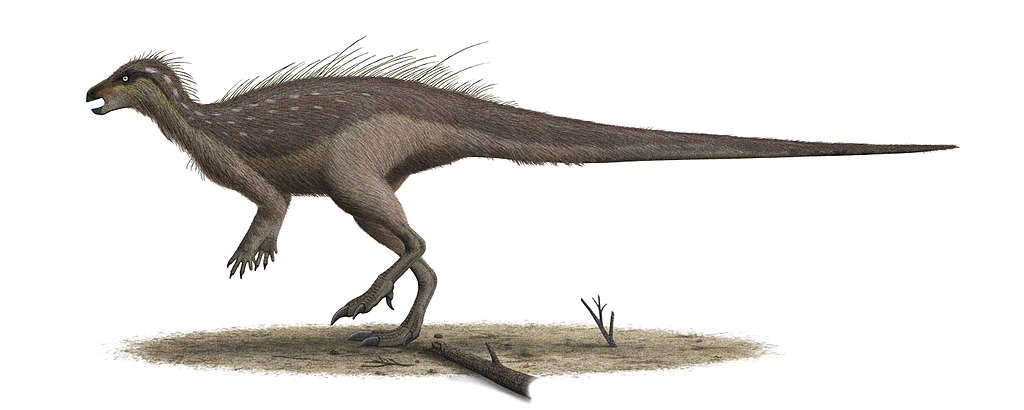
Among the most revolutionary aspects of Nothronychus was the evidence suggesting it possessed a covering of primitive feathers. While no direct feather impressions were preserved with the New Mexico specimen, scientists have strong phylogenetic evidence for their presence based on closely related therizinosaurs found in Asia, where feather preservation was more favorable. These feathers wouldn’t have resembled the flight feathers of modern birds but instead would have appeared more like a shaggy covering of filamentous proto-feathers. This feathery coat likely served primarily for insulation, helping regulate the animal’s body temperature. The presence of feathers on such a large, herbivorous theropod further cemented the evolutionary connection between dinosaurs and birds, while also challenging popular conceptions of what dinosaurs looked like. For Nothronychus, navigating the relatively cool forests of Late Cretaceous New Mexico, this insulating layer would have been particularly advantageous.
The Paleoenvironment of Cretaceous New Mexico

During the time Nothronychus inhabited what is now New Mexico, the landscape differed dramatically from today’s arid terrain. Approximately 90 million years ago, during the Turonian stage of the Late Cretaceous, the region featured a warm, humid climate with extensive forests and woodland environments. The Western Interior Seaway—a vast inland sea—divided North America into eastern and western landmasses, with Nothronychus inhabiting the western portion near the coastline. The Moreno Hill Formation where the fossils were discovered preserves evidence of a diverse ecosystem that included coniferous trees, cycads, ferns, and flowering plants. This rich vegetation would have provided ample food sources for a large herbivore like Nothronychus. The dinosaur shared its habitat with various other creatures, including ceratopsians, hadrosaurs, smaller theropods, and primitive mammals, creating a complex ecological community along the ancient coastline.
Feeding Habits and Ecological Niche
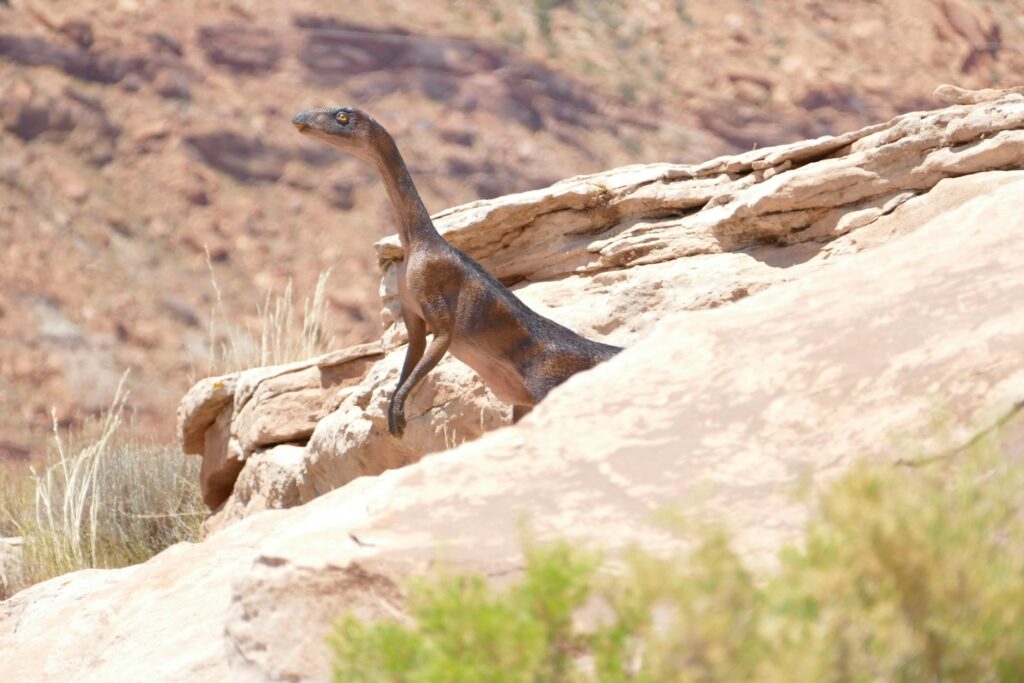
Nothronychus occupied a specialized ecological niche as a high-browsing herbivore in the Late Cretaceous ecosystems of New Mexico. Its elongated neck and upright posture allowed it to reach vegetation inaccessible to many other contemporary herbivores, particularly the lower-browsing ceratopsians and hadrosaurs that shared its habitat. The dinosaur’s massive claws likely served multiple feeding functions, including pulling down branches from tall trees, stripping bark, and possibly digging for roots and tubers during drier seasons. Analysis of its tooth structure reveals adaptations for slicing through tough plant material, with leaf-shaped teeth featuring small serrations perfect for processing fibrous vegetation. Its wide pelvis and expanded ribcage housed a large gut necessary for fermenting plant matter, as herbivorous dinosaurs needed extensive digestive systems to extract sufficient nutrients from their plant-based diet. This specialized feeding apparatus allowed Nothronychus to thrive in a niche with relatively little competition from other dinosaurs.
Locomotion and Movement Patterns

The unusual body proportions of Nothronychus resulted in a distinctive mode of locomotion unlike most other theropod dinosaurs. Unlike its swift predatory cousins, Nothronychus moved with a relatively slow, plodding gait better suited to its herbivorous lifestyle where speed was less critical than energy conservation. Biomechanical analyses of its skeleton suggest it was primarily bipedal but could potentially adopt a more quadrupedal stance when feeding on low vegetation. Its center of gravity shifted backward due to its enlarged abdomen and wide pelvis, necessitating a more upright posture to maintain balance. The four-toed feet provided a stable platform for supporting its considerable weight, estimated at approximately 1-2 tons. Particularly notable were the unusually small feet relative to body size, suggesting Nothronychus wasn’t built for running but rather for steady movement through its forested habitat. This locomotor strategy aligns perfectly with an animal that needed to cover ground efficiently while browsing rather than pursuing prey.
Defensive Strategies Against Predators

Despite its herbivorous diet, Nothronychus possessed formidable defensive capabilities against the predatory dinosaurs of Late Cretaceous New Mexico. Its primary defense mechanism was undoubtedly its massive forelimb claws, which could deliver devastating slashes to any would-be attacker. These impressive weapons, combined with the dinosaur’s considerable size and weight, would have made it a risky target even for large predators. The long neck of Nothronychus also provided excellent visibility, allowing it to spot approaching threats from a distance. Some paleontologists hypothesize that, like modern herbivores, these dinosaurs may have lived in small groups, providing additional security through collective vigilance. The dinosaur’s relatively slow movement suggests it relied more on confronting threats than fleeing from them, similar to modern large herbivores like rhinoceroses or hippopotamuses that stand their ground when challenged. This defensive strategy would have been particularly effective in the forested environment where rapid escape would have been difficult regardless.
Reproductive Biology and Life History

While direct evidence of Nothronychus reproduction remains elusive, paleontologists can make educated inferences based on related theropods and evolutionary patterns. As a theropod dinosaur, Nothronychus likely laid eggs rather than giving live birth, with nesting behaviors potentially similar to those observed in other feathered dinosaurs. The eggs would have been elongated and arranged in circular or semicircular clutches, possibly in shallow depressions lined with vegetation. Given its large body size, Nothronychus probably had extended growth periods, taking several years to reach sexual maturity. The substantial parental investment seen in many theropod lineages suggests these dinosaurs may have provided some degree of parental care, potentially guarding nests and helping newly hatched offspring. Young Nothronychus individuals would have been vulnerable to a wider range of predators than adults, likely necessitating different defensive strategies and possibly different dietary preferences during early developmental stages.
Taxonomic Debates and Related Species

The discovery of Nothronychus triggered significant taxonomic discussions within paleontological circles, particularly regarding its relationship to other therizinosaurs. A second species, Nothronychus graffami, was later described from Utah, expanding our understanding of the genus’s distribution. Nothronychus belongs to the family Therizinosauridae within the larger group Therizinosauria, a clade that originated in Asia before some members migrated to North America. Close relatives include the Asian therizinosaurs Therizinosaurus (with even longer claws), Erlikosaurus (known from exceptional skull material), and Segnosaurus (one of the first members of the group discovered). The North American genus Falcarius represents a more primitive therizinosaur that helps illustrate the evolutionary transition from carnivory to herbivory. Nothronychus occupies a particularly important position in therizinosaur taxonomy as one of the most complete specimens found in North America, providing crucial evidence for understanding how these dinosaurs dispersed between continents during the Cretaceous period.
Scientific Significance Beyond Paleontology
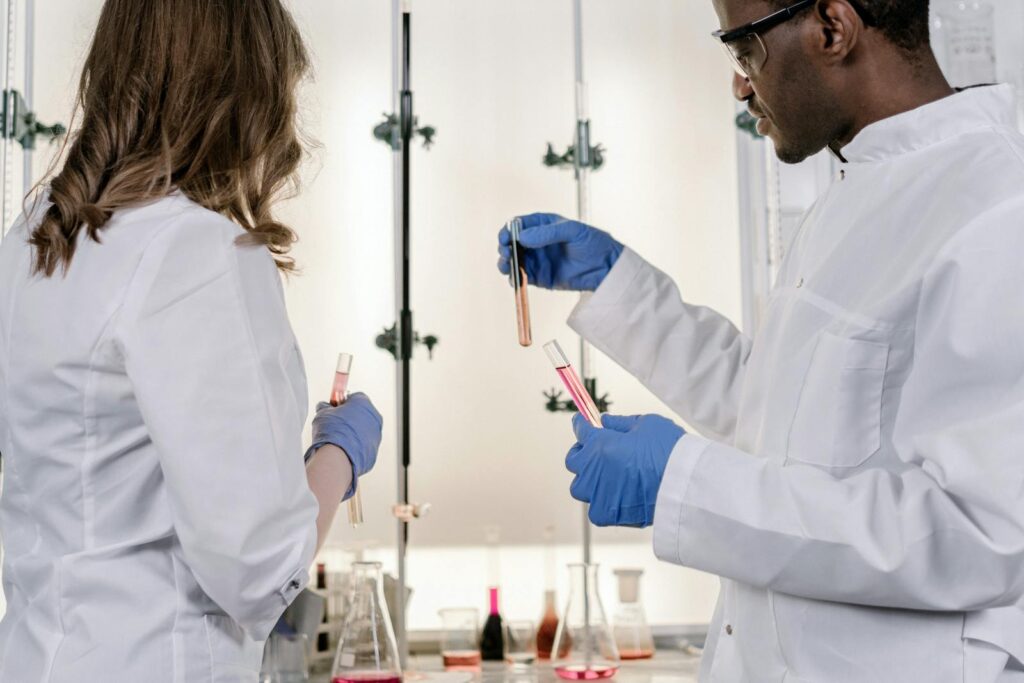
The significance of Nothronychus extends well beyond dinosaur studies, influencing broader scientific understanding across multiple disciplines. In evolutionary biology, it represents one of the clearest examples of adaptive radiation, demonstrating how selection pressures can drive dramatic morphological changes when organisms enter new ecological niches. For biogeographers, the presence of therizinosaurs in both Asia and North America provides crucial evidence for understanding Late Cretaceous continental connections and faunal exchanges. Nothronychus has contributed to climate science by helping reconstruct ancient environments, with its adaptations offering clues about the forests that once covered New Mexico. The unusual preservation of its remains in marine sediments has provided valuable data for taphonomists studying how terrestrial organisms become preserved in oceanic contexts. Perhaps most significantly, Nothronychus has become an important case study in how scientific paradigms evolve, as its discovery forced paleontologists to reconsider established ideas about theropod diversity and ecological adaptations.
Cultural Impact and Public Fascination
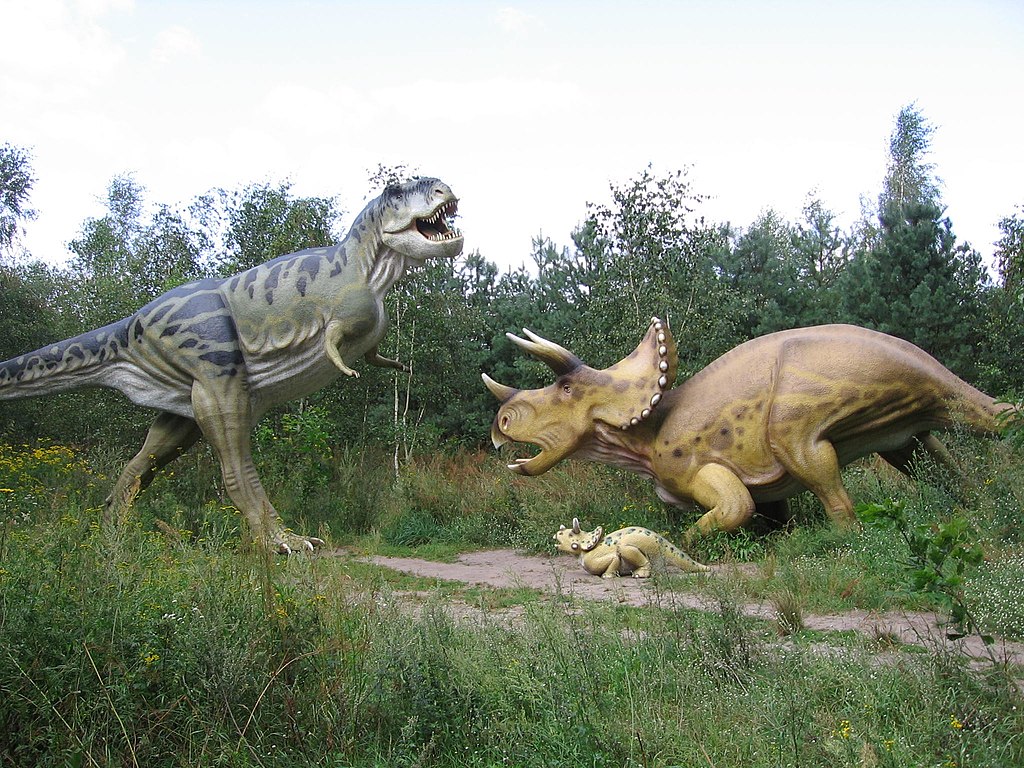
Since its discovery, Nothronychus has captured public imagination as one of dinosaur paleontology’s most bizarre and fascinating creatures. The New Mexico Museum of Natural History and Science in Albuquerque features Nothronychus prominently in its exhibits, making it a centerpiece of the state’s paleontological heritage. The dinosaur has appeared in popular books, documentaries, and television programs focused on prehistoric life, including specials by National Geographic and PBS. Its unusual appearance makes it particularly appealing for paleoartists seeking to illustrate the diversity of dinosaur forms, with reconstructions emphasizing its feathery covering, massive claws, and pot-bellied profile. Educational programs throughout New Mexico have incorporated Nothronychus into their curriculum as a way of engaging students in local natural history. The dinosaur has become a symbol of how scientific discoveries continue to challenge our preconceptions, demonstrating that even after centuries of paleontological research, remarkable new finds can completely transform our understanding of prehistoric life.
Ongoing Research and Future Discoveries

Research on Nothronychus continues to evolve as new analytical techniques and comparative specimens become available. Current paleontological investigations focus on several aspects of this enigmatic dinosaur, including more precise biomechanical models of its unusual locomotion and feeding mechanics. Scientists are employing advanced CT scanning to better understand its brain structure and sensory capabilities, while stable isotope analyses of tooth enamel promise insights into its specific diet and habitat preferences. Field expeditions continue in the Zuni Basin and surrounding areas, searching for additional specimens that might provide further clues about Nothronychus anatomy, growth patterns, and population structure. Particular interest lies in finding juvenile specimens, which would illuminate developmental trajectories. The potential for discovering preserved soft tissues or feather impressions remains a tantalizing possibility that would revolutionize our understanding of therizinosaur appearance. As analytical methods continue to advance, even the existing Nothronychus fossils may yield new information about this remarkable dinosaur’s biology and evolutionary history.
Conclusion
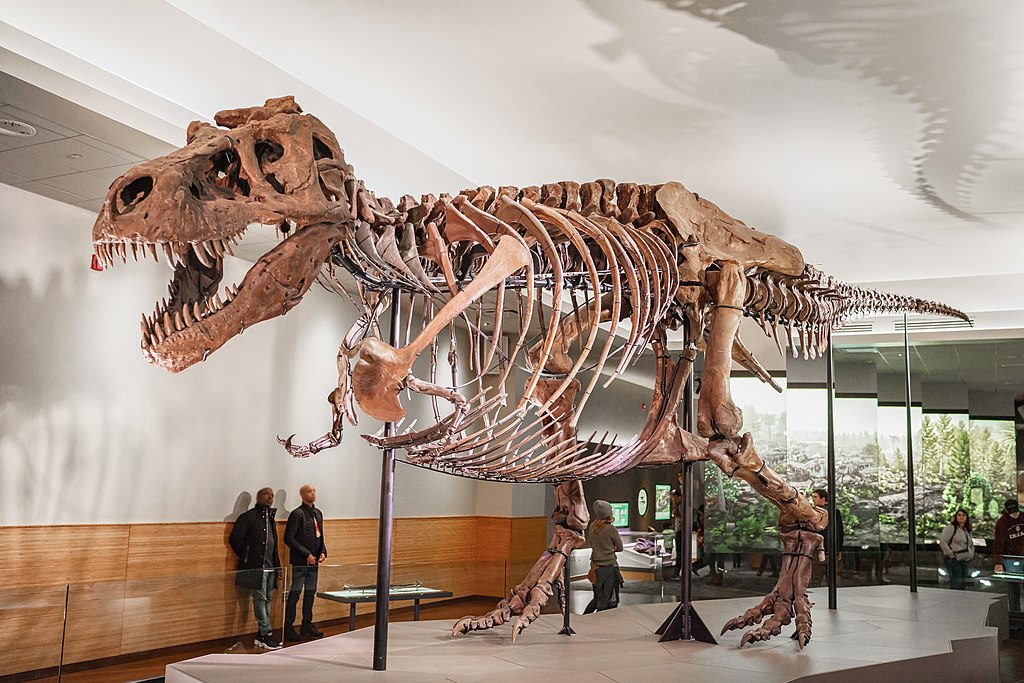
The story of Nothronychus represents one of paleontology’s most remarkable narratives—a tale of scientific discovery that challenged established paradigms and expanded our understanding of dinosaur diversity. From its unexpected discovery in New Mexico’s marine sediments to its recognition as a feathered herbivore descended from carnivorous ancestors, this unusual dinosaur continues to fascinate both scientists and the public alike. As research progresses and potentially new specimens emerge from the ancient sediments of the American Southwest, our picture of this remarkable creature will undoubtedly become even clearer. Nothronychus stands as a powerful reminder that the natural world often defies our attempts at simple categorization, and that even after centuries of scientific inquiry, the Earth still holds many evolutionary surprises waiting to be uncovered.

